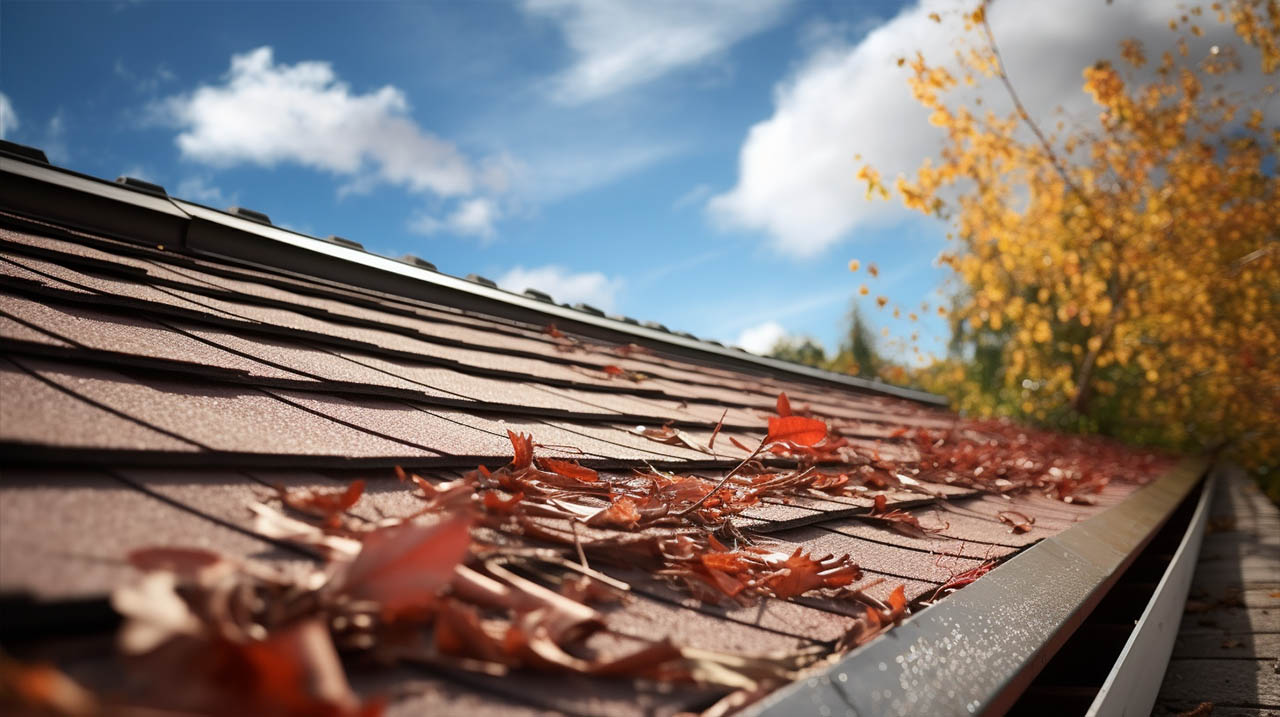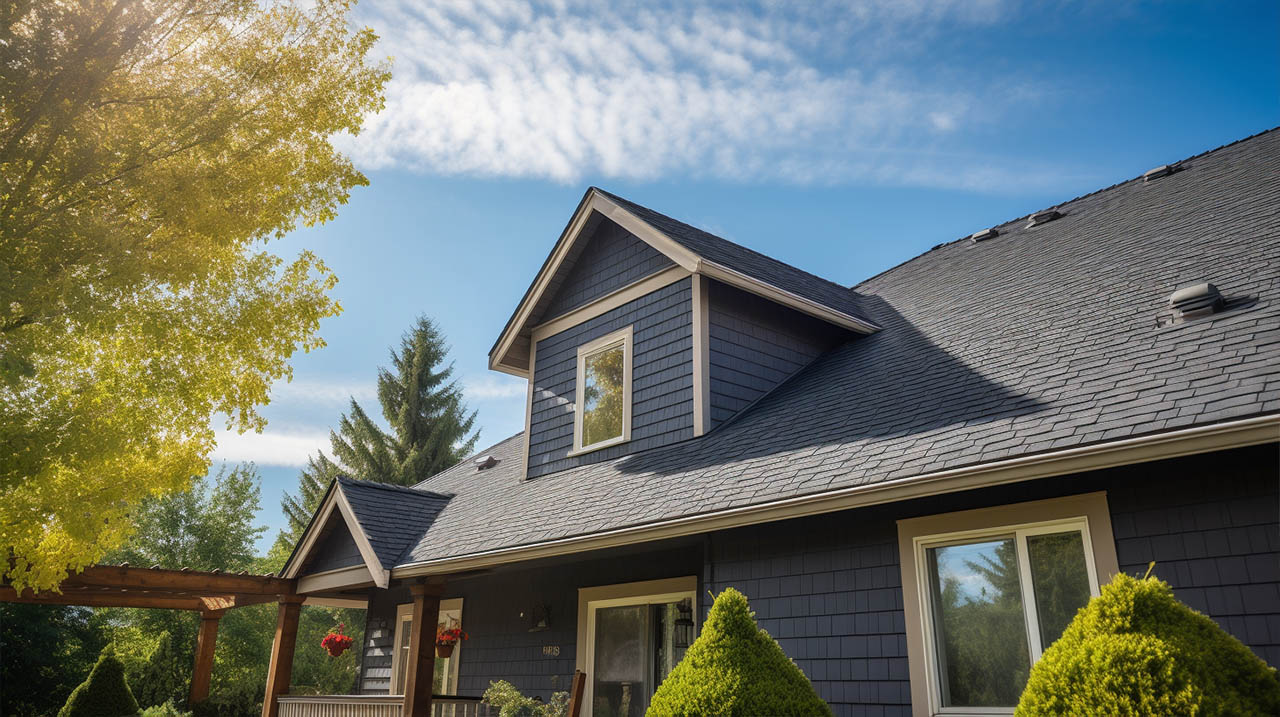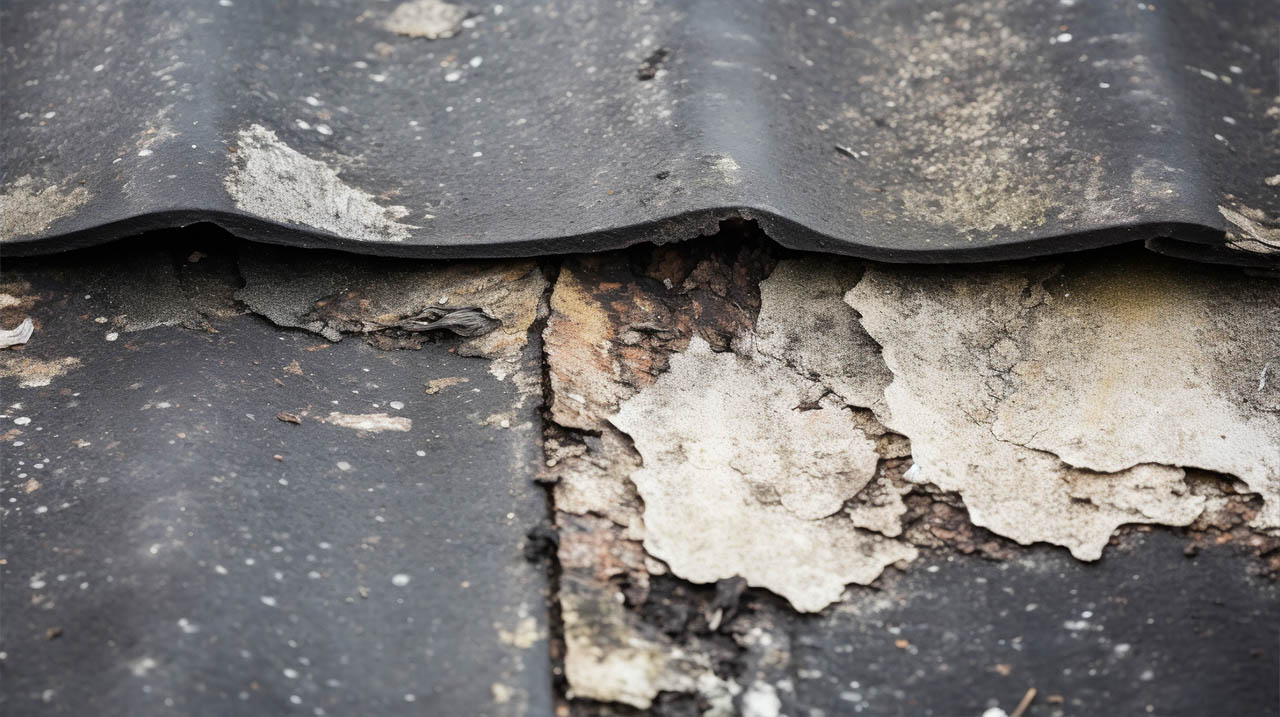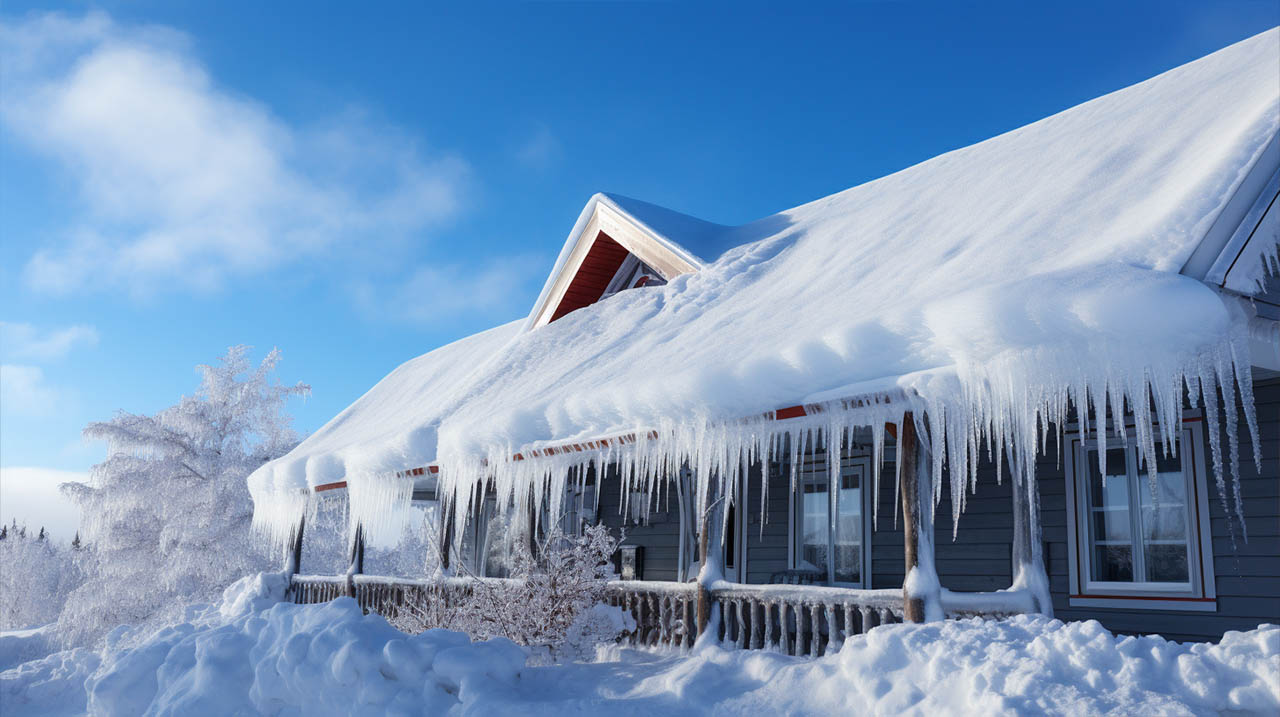Roofs, such as those installed by Kanga Roof, are more than just a protective cover for our homes in Columbia, MD. They’re intricately designed structures that play a pivotal role in the overall stability and safety of our living spaces. When they start producing popping or creaking noises, it becomes crucial to understand the reasons and address them promptly.
The Science Behind the Sounds
Before delving into the reasons, it’s essential to comprehend the science behind these sounds. Thermal expansion and contraction cause materials to shift, especially when exposed to significant temperature changes. This phenomenon isn’t exclusive to roofs but becomes more noticeable in vast structures like those serviced by Kanga Roof, a leading roofing contractor Columbia MD.
1. Temperature Fluctuations
The most common reason for popping and creaking noises in roofs is temperature fluctuations. As temperatures drop overnight, the materials contract, and as they rise during the day, they expand. This constant expansion and contraction can produce audible sounds, even in the finest roofing Columbia MD homes possess.
What to do?
Maintain a consistent attic temperature using proper insulation. This minimizes the abrupt changes that lead to noise production.
2. Roofing Material Composition
Different materials react differently to temperature changes. For instance, metal roofs are more susceptible to these noises due to their higher coefficient of expansion.
What to do?
Choose roofing materials known for their low sound generation properties. If you’re using metal roofing, ensure there’s an adequate barrier or insulation beneath to minimize the effects of expansion and contraction.
3. Structural Movements
Buildings settle over time, and this natural process can cause the roofing structure to move slightly, leading to popping or creaking sounds.
What to do?
Regularly inspect the structural integrity of your home. Engage professionals like Kanga Roof, a top Columbia MD roofing company, to assess and reinforce the structure if necessary.
4. Age of the Roof
As roofs age, the materials can become less flexible and more prone to producing noises. The fasteners holding the materials together can also weaken, contributing to the sounds.
What to do?
Consider a timely roof replacement or refurbishment. Ensure the use of durable and age-resistant materials for longevity.
5. External Factors
Environmental elements such as heavy winds, rain, or hail can exert pressure on the roof, causing noises. These sounds are typically temporary and subside once the environmental factor has passed.
What to do?
Reinforce your roof to withstand the harsh elements of nature. Make sure your roof’s design is aerodynamic to minimize wind resistance and noise.
6. Incorrect Installation
If a roof isn’t installed correctly, it may not have enough space to expand and contract, leading to popping and creaking sounds.
What to do?
Always hire certified professionals for roof installations. If you suspect installation issues, seek a thorough inspection and necessary modifications.
In Conclusion
Understanding the root cause of the popping and creaking noises in your roof is the first step to resolving the issue. While these sounds are often benign and don’t necessarily indicate a severe problem, it’s always a wise decision to be proactive. Address the noises promptly, ensuring the longevity and structural integrity of your roof. Remember, your roof is a vital component of your home, and maintaining it in top condition is imperative for your safety and comfort.







